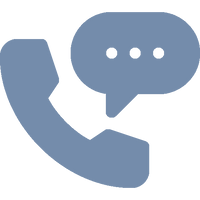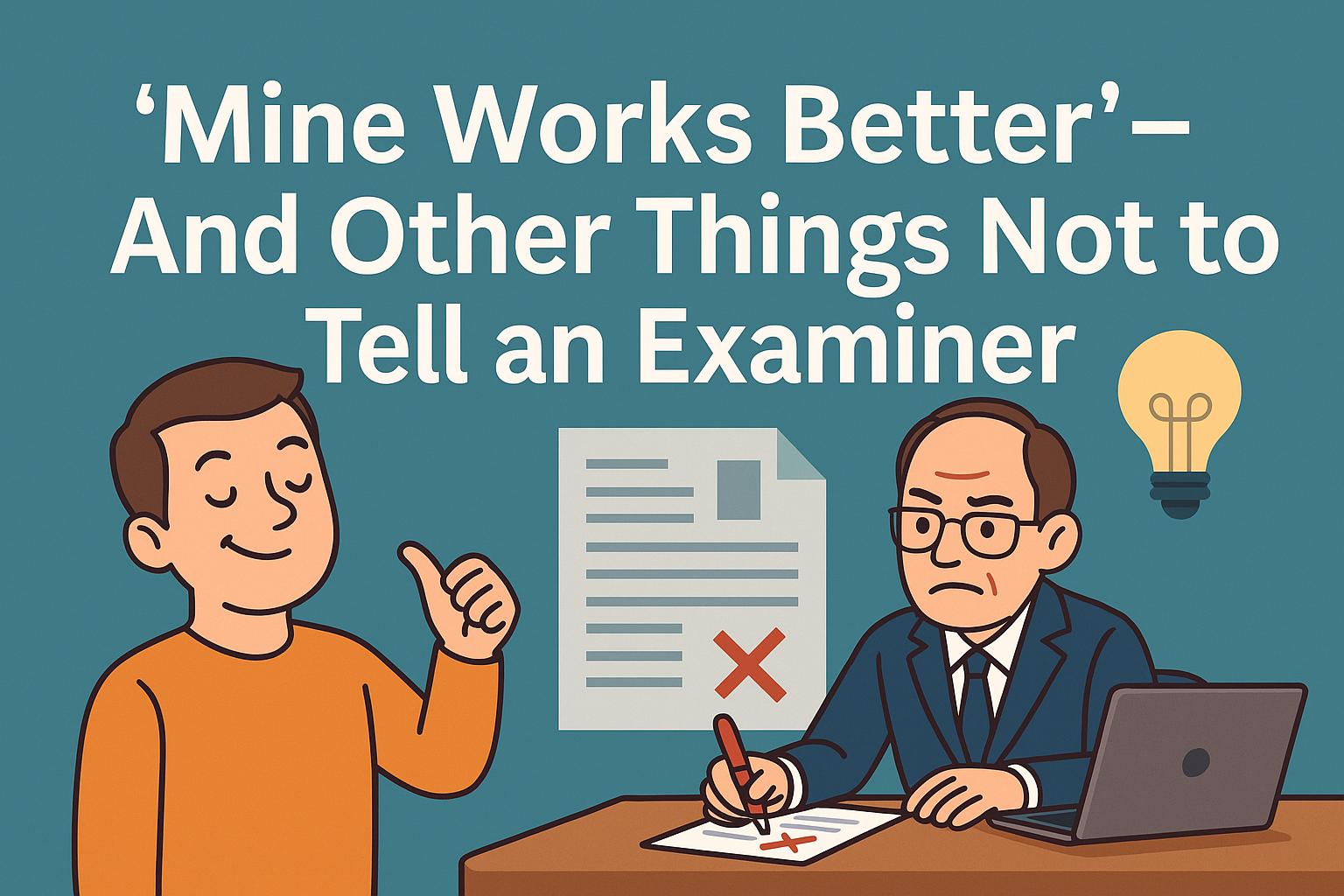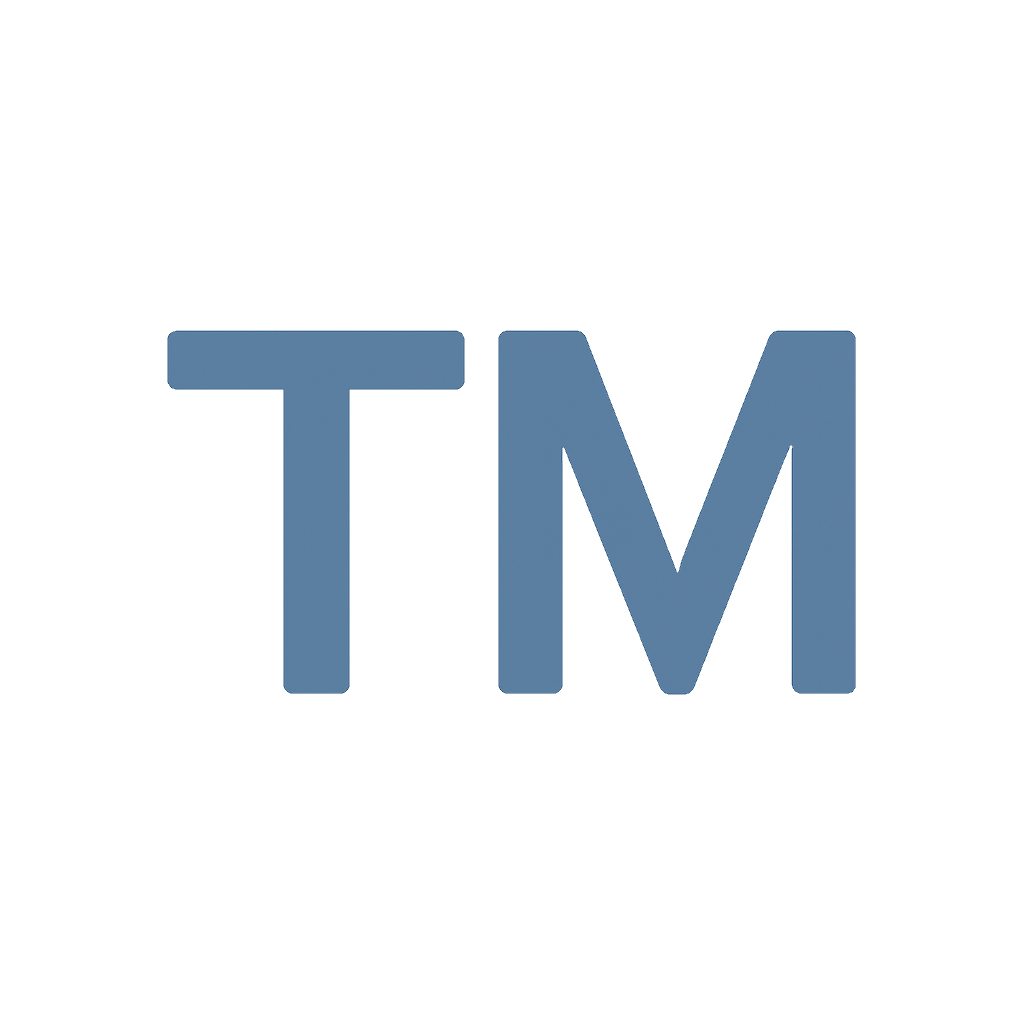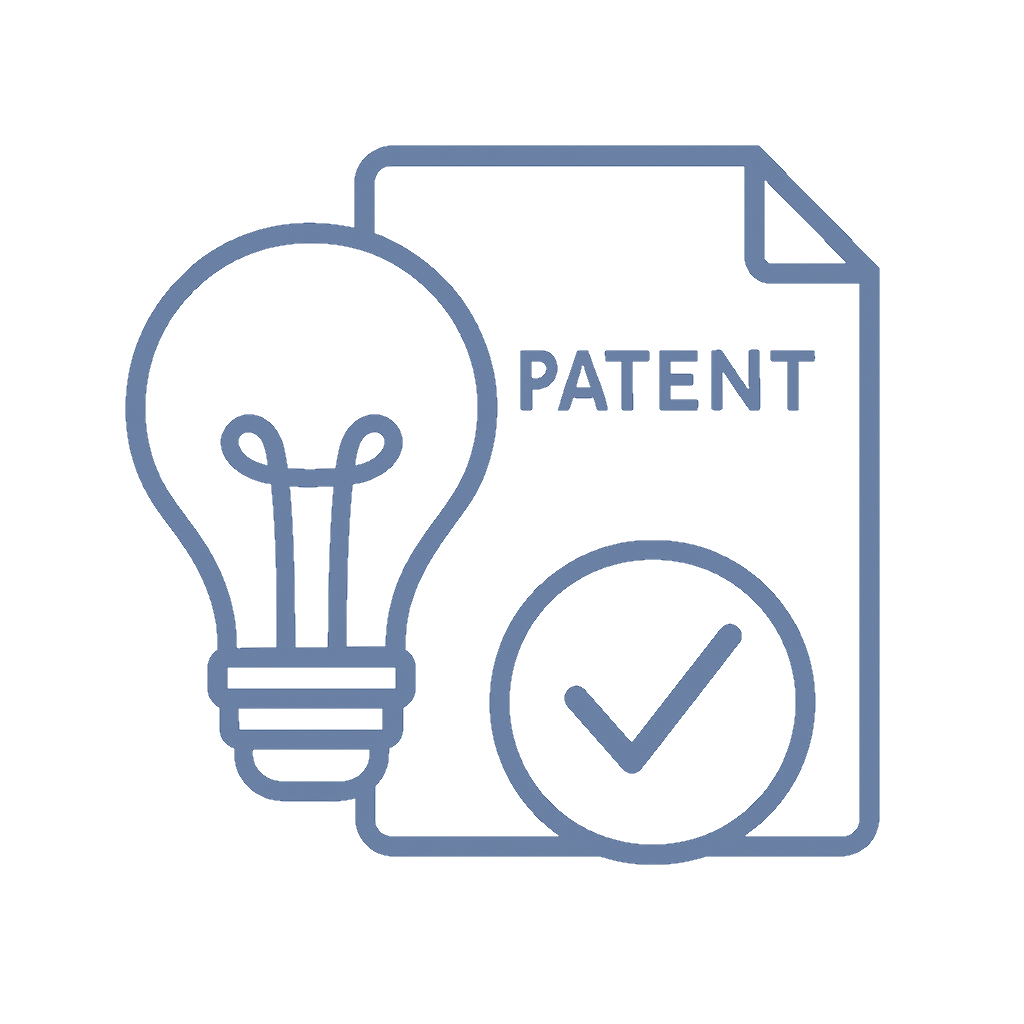📌 Quick Summary
1-Sentence Answer
Saying your invention is “better” isn’t enough; patent examiners need detailed, technical explanations showing how it’s better and why it’s non-obvious.
The Article Overview
Many inventors respond to USPTO rejections by claiming their invention is "better, faster, or cheaper." Unfortunately, without technical backing, these arguments fall flat. This article explores why that approach fails—and what works instead.
❓ Common Questions & Answers
Q1: Why isn’t “mine works better” a good patent argument?
Because the USPTO doesn’t accept vague opinions—claims must be backed by concrete, technical distinctions from prior art.
Q2: What should I include in an office action response?
Specific technical features, structural differences, or functional advantages that can be linked to patent claims.
Q3: Isn’t a general improvement enough?
No. The improvement must be both novel and non-obvious to someone skilled in the art—and clearly articulated.
Q4: Can data help support my claim?
Absolutely! Performance benchmarks or experimental data can bolster your case if they tie directly to claim language.
Q5: What happens if I keep insisting my invention is better without changes?
You risk final rejection. Patent prosecution requires adapting your claims and arguments with examiner feedback.
📜 Step-by-Step Guide
Step 1: Read the Office Action Carefully
Understand which claims were rejected and under which grounds (e.g., 102 or 103 rejections).
Step 2: Analyze the Examiner’s Cited Prior Art
Identify the features in prior art the examiner thinks match your claims.
Step 3: Pinpoint the Real Technical Difference
Determine what sets your invention apart—structurally, functionally, or in performance.
Step 4: Align Claims With Technical Improvements
Revise your claims or add dependent claims that directly reflect the technical distinctions.
Step 5: Argue the Distinction Clearly
Provide a logical, technical explanation in your response—not marketing language.
Step 6: Add Evidence Where Possible
Use comparative tables, test results, or drawings to strengthen your argument.
Step 7: Consult a Patent Attorney
Their expertise helps translate “better” into “allowable.”
📖 Historical Context
The temptation to declare “mine is just better” is as old as patent law itself. Since the inception of the U.S. Patent Act in 1790, inventors have often tried to convince examiners with subjective claims of improvement. But over time, legal standards—especially the introduction of the non-obviousness requirement in the 1952 Patent Act—forced applicants to offer objective, technical justifications.
In the 1980s and 1990s, courts began to tighten the reins on broad functional claims that lacked specifics. Landmark cases like Graham v. John Deere Co. emphasized that a patent must show a meaningful step forward—not just an aspirational one.
Fast forward to today, and the USPTO applies a rigorous analysis under 35 U.S.C. §103. It’s no longer enough to say it’s better; applicants must prove how and why the invention crosses the threshold of patentability.
🏢 Business Competition Examples
1. Dyson vs. Generic Vacuums
Dyson couldn’t just claim “stronger suction.” They patented specific cyclonic technology that explained how they achieved better performance.
2. Tesla Battery Cooling Systems
Tesla’s patents detail the thermal management systems in its batteries—not just that they’re safer or longer-lasting.
3. Apple’s Face ID
Apple secured patents not for “a better phone,” but for the specific dot projection and neural network-based facial recognition.
4. Peloton’s Screen + Bike Combo
The argument wasn’t “cooler gym experience,” but precise claim language covering synchronized streaming interfaces and resistance control.
💬 Discussion Section
Imagine being a patent examiner. You read 30 office action responses a day, most of which are filled with vague language, inflated claims, and hand-waving arguments. Then you get a response that says, “My invention works better, so the rejection doesn’t make sense.”
You sigh.
That’s because “better” is subjective. It doesn’t explain how it’s better, or in what way, or why someone in the field wouldn’t have thought of it. Without a technical narrative, the examiner has no basis to reverse a rejection.
Inventors often struggle to bridge the gap between intuition and documentation. In their minds, they’ve solved a problem in a superior way. But unless that superiority is clearly mapped to claim elements and shown to be non-obvious over cited prior art, it simply won’t cut it.
The best responses identify specific structural or functional features, tie them directly to the claims, and walk the examiner through why the prior art doesn’t disclose or suggest them. Bonus points if you provide comparative analysis or performance data showing an improvement caused by your novel features.
Patent prosecution isn’t just a legal process—it’s a storytelling one. You must persuade an expert audience, under specific legal rules, that your invention deserves protection. Saying “trust me, it’s better” just won’t win the plot.

⚖️ The Debate
Side A: “Better/Faster/Cheaper” Should Count
Some argue that if an invention truly performs better, it should be patentable. The market often rewards functionality, so why shouldn’t the USPTO?
Side B: Without Specifics, It’s Unverifiable
The counterpoint: Patent law isn’t about opinion. Without objective, technical detail, examiners can’t evaluate novelty or non-obviousness.
✅ Key Takeaways
-
“Better” is not a substitute for technical explanation.
-
Office action responses should cite structural/functional distinctions.
-
Claim amendments often help clarify technical novelty.
-
Performance data can support, but not replace, technical reasoning.
-
Avoid marketing language—think engineering + legal precision.
⚠️ Potential Business Hazards
-
Prolonged Rejection Cycle – Generic arguments waste valuable time and extend prosecution.
-
Higher Legal Costs – Multiple rejections mean more attorney fees.
-
Lost Market Timing – Delays can affect product launch and exclusivity.
-
Weakened Patent Portfolio – Vague claims lead to narrow, unenforceable patents.
❌ Myths & Misconceptions
-
“If it’s better, it’s patentable.”
False. Only if it’s technically and non-obviously better. -
“I don’t need claim amendments.”
Incorrect. Amending claims is often essential to distinguish from prior art. -
“My prototype proves everything.”
Not unless the technical features in the prototype are explicitly claimed. -
“Marketing language is persuasive.”
Only in Shark Tank—not in patent prosecution.
📚 Book & Podcast Recommendations
-
Book: Patent It Yourself by David Pressman – https://www.nolo.com/products/patent-it-yourself-pat.html
-
Podcast: IP Fridays – https://www.ipfridays.com
-
Book: Essentials of Patents by Holloway & Nwaeke – https://www.amazon.com/Essentials-Patents-Alexander-Holloway/dp/047171055X
-
Podcast: Clause 8 Podcast – https://www.iplawleaders.com/podcast/clause-8/
⚖️ Legal Cases
-
Graham v. John Deere Co. – https://supreme.justia.com/cases/federal/us/383/1/
Explained non-obviousness as a legal standard—still cited in rejections today. -
KSR Int’l Co. v. Teleflex Inc. – https://supreme.justia.com/cases/federal/us/550/398/
Clarified the flexible standard for obviousness—key for §103 arguments. -
In re Kotzab – https://caselaw.findlaw.com/court/us-federal-circuit/1022362.html
Held that motivation to combine references must be explicit—useful in overcoming rejections.
📣 Expert Invitation
Still unsure how to translate your “better” into a bulletproof patent argument? Schedule a strategy call with us at http://inventiveunicorn.com – where vague claims go to get smarter.
🔚 Wrap-Up Conclusion
Patent examiners aren’t swayed by adjectives—they want analytics. If your invention really is better, prove it with the precision of a patent ninja. The next time you're tempted to write “faster and cheaper,” remember: better arguments make better patents.












